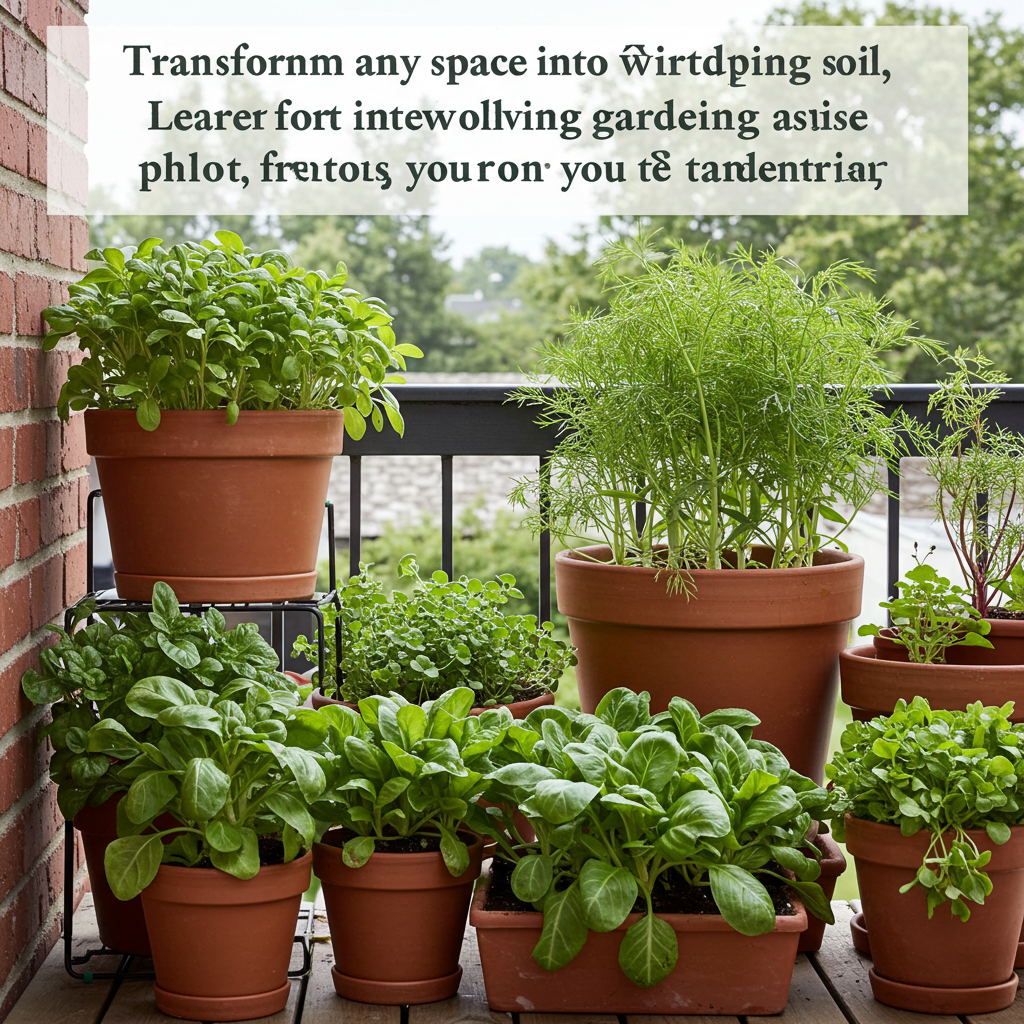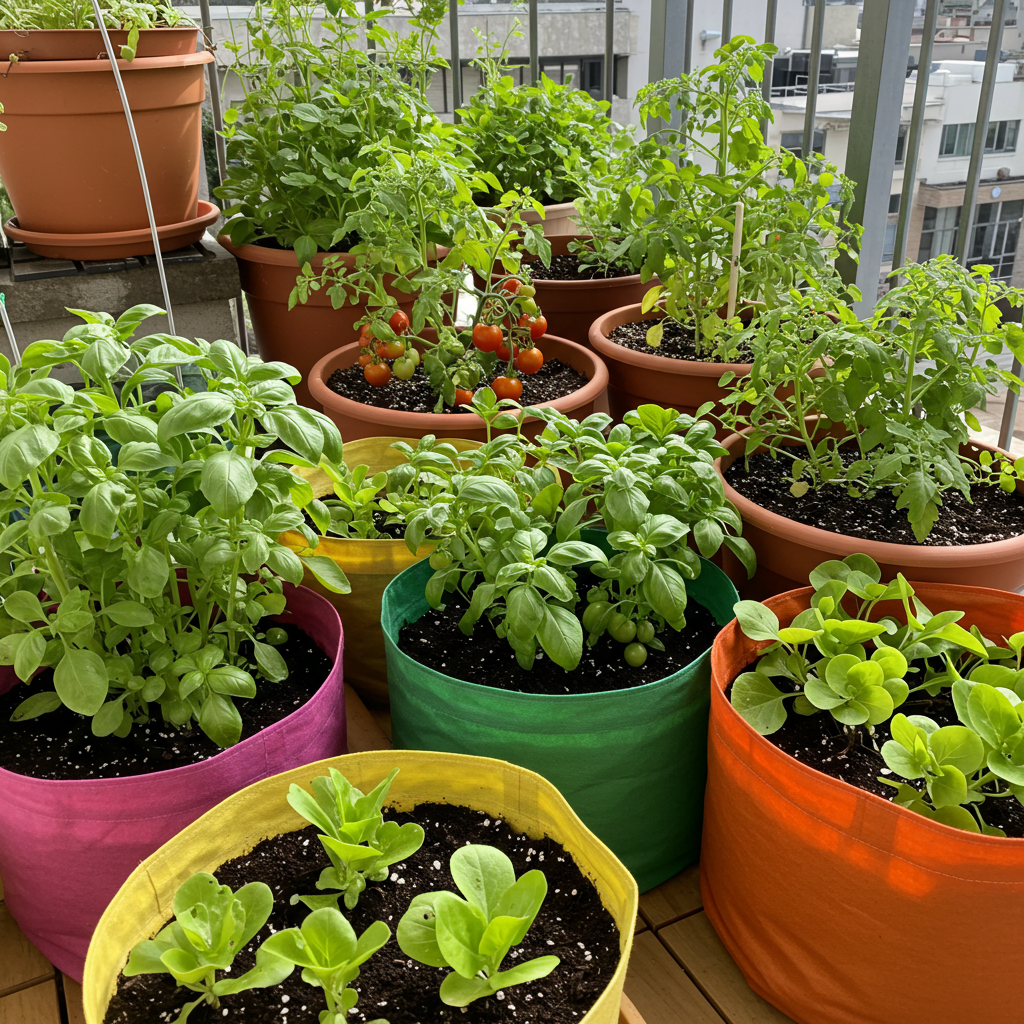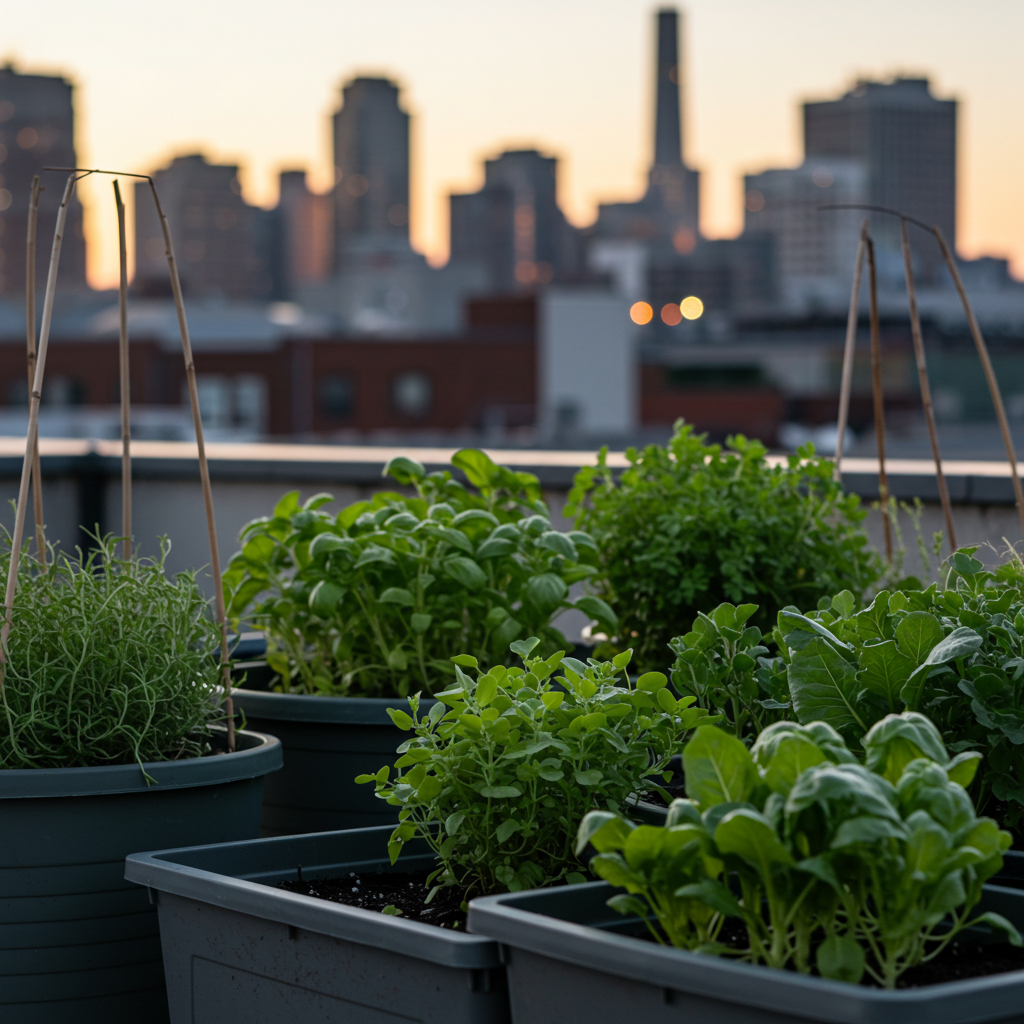Imagine plucking a ripe tomato from a vine on your balcony, or snipping fresh basil from a pot on your windowsill. This isn’t just a dream for those with sprawling backyards; it’s the accessible reality of container gardening. Whether you live in a bustling city apartment, a cozy townhouse, or simply have limited ground space, growing your own delicious, organic produce is entirely within reach. Container gardening transforms small areas into bountiful harvests, offering a rewarding experience for gardeners of all levels. This guide will equip you with the knowledge and tools to cultivate a thriving edible garden, no matter the size of your space.
Why Choose Container Gardening?
Container gardening offers a multitude of benefits, making it an increasingly popular choice for modern cultivators. Its inherent flexibility addresses many common gardening challenges:
- Space Efficiency: The most obvious advantage is its suitability for small spaces. Balconies, patios, decks, rooftops, and even sunny windowsills can become productive gardens.
- Portability: Containers allow you to move your plants. Chase the sun, protect tender crops from frost, or bring herbs indoors for easy access – the choice is yours.
- Soil Control: Unlike in-ground gardening where you’re often at the mercy of existing soil conditions, containers give you complete control over your growing medium. You can customize the soil mix to suit specific plant needs, ensuring optimal drainage and nutrient levels.
- Pest and Disease Management: Isolating plants in containers can help prevent the spread of pests and diseases. It’s also easier to spot and treat issues on individual plants.
- Accessibility: For those with physical limitations, containers and raised beds eliminate the need for extensive bending and kneeling, making gardening more comfortable and enjoyable.
Choosing the Right Containers
The foundation of a successful container garden starts with selecting appropriate vessels. The ‘right’ container depends on your plant’s needs, aesthetic preferences, and practical considerations.
- Material Matters:
- Terracotta/Clay: Porous, allowing good air circulation to roots and preventing waterlogging. They can dry out quickly, requiring more frequent watering.
- Plastic: Lightweight, inexpensive, and retains moisture well. Choose food-grade plastic for edibles. Can overheat in direct sun.
- Fabric (Grow Bags): Excellent for aeration, preventing root circling, and regulating soil temperature. They promote healthy root development.
- Wood: Attractive and insulative, but can rot over time. Ensure wood is untreated or sealed with food-safe products.
- Recycled Items: Old tires, buckets, milk jugs – creativity is your only limit, as long as they’re clean and have drainage.
- Size and Depth: This is crucial. Larger plants like tomatoes need larger pots (15-20 gallon equivalent) to accommodate their root systems and hold enough moisture. Herbs and lettuce can thrive in smaller containers (1-5 gallon equivalent). Always err on the side of larger pots if unsure, as they offer more stability and moisture retention.
- Drainage Holes: Non-negotiable! Every container must have adequate drainage holes to prevent root rot. If a pot lacks them, drill your own. Place a layer of gravel or broken pottery at the bottom *before* adding soil to further aid drainage.
Selecting the Best Soil & Nutrients
Your plants are only as good as the soil they grow in. For containers, this means using a high-quality potting mix, not garden soil.
- Potting Mix is Key: Garden soil is too dense for containers, compacting easily and inhibiting drainage and aeration. A good potting mix is light, fluffy, and designed to retain moisture while allowing excess water to drain. Look for mixes containing:
- Peat Moss or Coco Coir: For moisture retention.
- Perlite or Vermiculite: For aeration and drainage.
- Compost or Worm Castings: To provide initial nutrients and beneficial microbes.
- Nutrient Requirements: Container plants deplete soil nutrients faster than in-ground plants because nutrients leach out with watering. Start with a potting mix that includes some slow-release fertilizer or add organic amendments like compost. After a few weeks, begin a regular feeding schedule with a balanced liquid fertilizer (e.g., 5-5-5 or 10-10-10 NPK) diluted to half strength, typically every 2-4 weeks, or follow package directions for your chosen product.
Top Crops for Container Success
Many popular fruits and vegetables adapt beautifully to container life. Here are some of the easiest and most rewarding choices:
- Herbs: Basil, mint, chives, rosemary, thyme, oregano, and parsley are ideal. They thrive in small to medium pots and offer continuous harvests. Place them near your kitchen door for easy access.
- Leafy Greens: Lettuce (loose-leaf varieties), spinach, kale, arugula, and Swiss chard are fast-growing and perfect for ‘cut-and-come-again’ harvesting. They don’t need deep roots and can be planted densely.
- Tomatoes: While some varieties grow enormous, determinate (‘bush’) varieties and cherry tomatoes are fantastic for containers. Look for specific container-friendly types. They’ll need a sturdy stake or cage for support as they grow and fruit.
- Peppers: Bell peppers and chili peppers (jalapeños, serranos) do well in 5-10 gallon pots. They love warmth and sun and can be quite productive.
- Strawberries: Alpine or ever-bearing varieties are excellent in hanging baskets or wide, shallow pots. They produce sweet berries over a long season.
- Radishes & Carrots: Choose shorter, round varieties of carrots (e.g., ‘Paris Market’) and radishes for shallow containers. Ensure consistent moisture for best results.
- Bush Beans: Unlike pole beans, bush beans don’t need vertical support and can yield well in a medium-sized pot.
- Cucumbers: Bush varieties or vining types trained up a trellis can be very successful in large containers.
Watering & Light Essentials
These two elements are arguably the most critical for container garden success.
- Watering: Container plants dry out much faster than in-ground plants due to increased air circulation around the pot and faster drainage. You’ll likely need to water daily, sometimes twice a day during hot, dry weather. The best way to check is to stick your finger about an inch or two into the soil. If it feels dry, it’s time to water. Water until you see it draining from the bottom holes. Avoid overhead watering for plants prone to fungal issues like tomatoes, and water early in the morning or late evening to reduce evaporation. Self-watering planters can be a game-changer for busy gardeners.
- Light: Most edible plants require at least 6-8 hours of direct sunlight per day to thrive and produce fruit. Observe your space throughout the day to determine where the sunniest spots are. Position your containers accordingly. If light is limited, focus on shade-tolerant greens and herbs. Rotate your containers periodically to ensure all sides of the plant receive adequate light, promoting even growth.
Pest Management & Maintenance
Even in containers, pests can be an issue. Regular monitoring and proactive measures are key.
- Common Pests: Watch out for aphids, spider mites, and whiteflies. Inspect your plants regularly, especially the undersides of leaves.
- Organic Solutions: Often, a strong spray of water can dislodge many pests. For persistent issues, use insecticidal soap or neem oil, following product instructions. Introducing beneficial insects or using companion planting (e.g., marigolds to deter nematodes) can also help.
- Pruning & Harvesting: Regular harvesting encourages more production. Prune back leggy growth on herbs and pinch off suckers on tomatoes to direct energy into fruit production. Remove any yellowing or diseased leaves promptly.
- Repotting: If a plant becomes root-bound (roots are circling the pot and emerging from drainage holes), it might be time to move it to a larger container or refresh the soil. This is usually only necessary for perennial plants or those growing for an extended period.
Conclusion
Mastering container gardening opens up a world of fresh, homegrown produce, regardless of your space limitations. By understanding the fundamentals of container selection, soil composition, plant choice, and ongoing care, you can transform any sunny spot into a vibrant and productive edible garden. The satisfaction of harvesting your own food, knowing exactly how it was grown, is immensely rewarding. So, grab some pots, soil, and seeds – your journey to growing fresh produce anywhere begins now!



